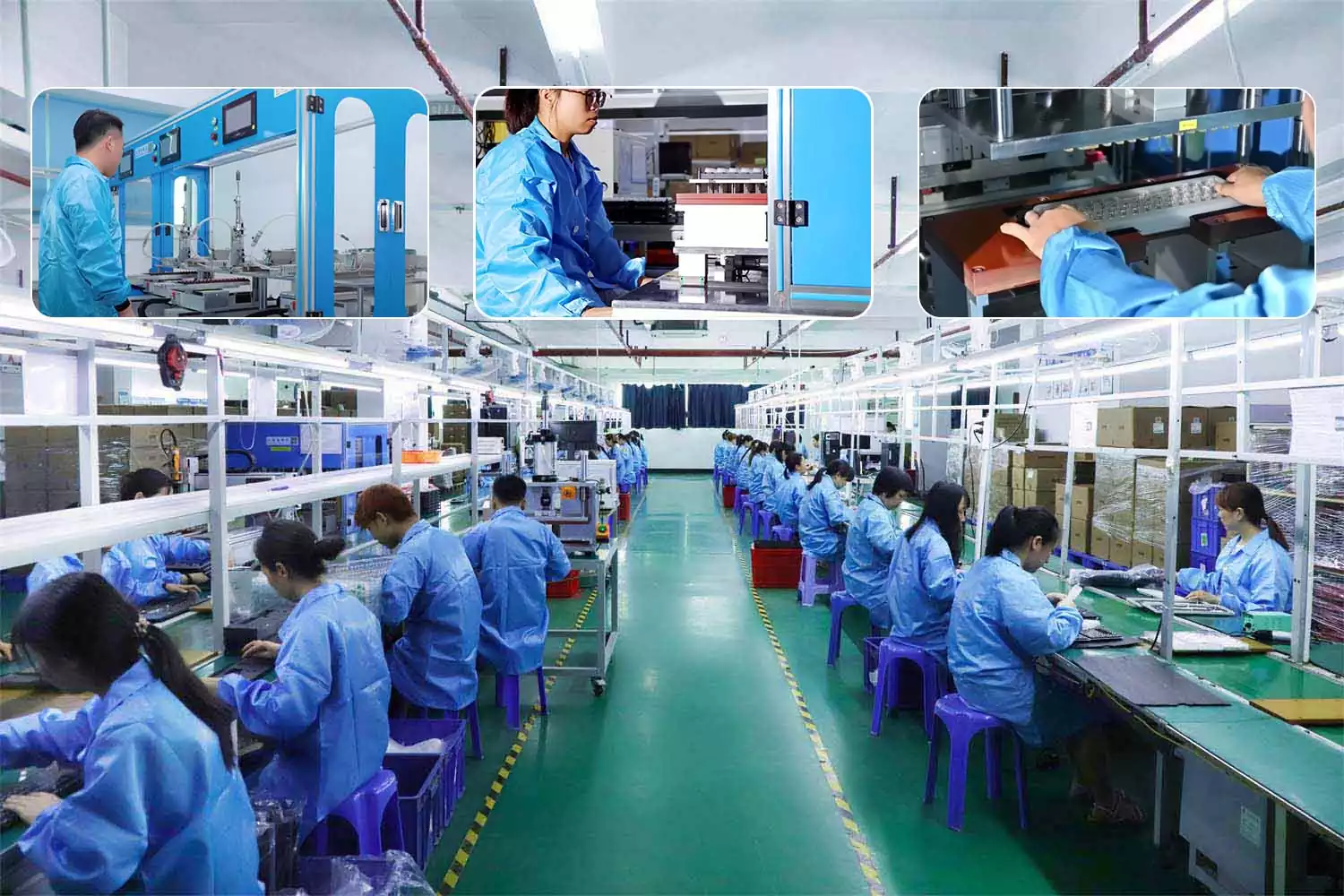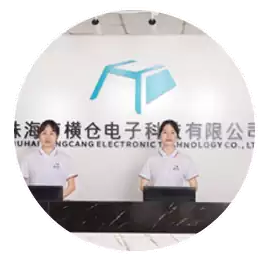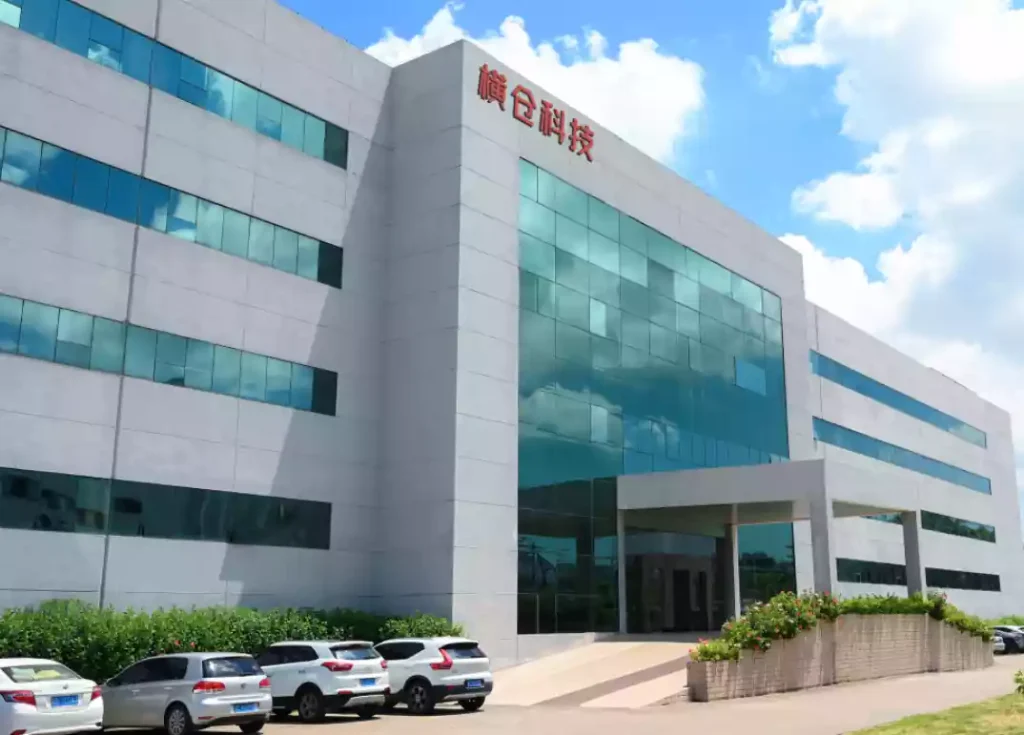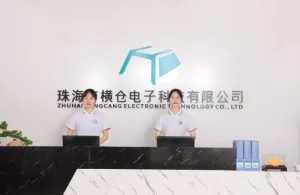How an Innovative Mechanical Keyboard Patent Enhances Mass Production Efficiency and Product Quality

In an era where mechanical keyboard enthusiasts pursue personalization and high quality, the keyboard case—known as the "backbone" of a mechanical keyboard—not only determines the aesthetic texture but also directly impacts typing feel and durability. It is in this niche segment that Zhuhai Hengcang Electronic Technology Co., Ltd. is leading a revolution in manufacturing processes, thanks to its innovative aluminum alloy profile extrusion technology for keyboard cases.
Technological Breakthrough Behind a Patent
Zhuhai Hengcang Electronic Technology was granted a patent in November 2024, titled "An Apparatus for Keyboard Cases via Aluminum Alloy Profile Extrusion Molding" (Authorization Announcement No.: CN 221984356 U). This patent presents an entirely new manufacturing solution for keyboard cases, with its core lying in:
Finally forming a one-piece keyboard case that eliminates gaps between assembled parts—enhancing both structural stability and the case’s premium tactile feel.
Rapidly shaping the case’s contour structure using extrusion dies (a key step that reduces the time required for initial molding by over 40% compared to traditional CNC-only methods);
Combining subsequent processes such as CNC machining (for precision hole-drilling and surface finishing), cutting and bending (to achieve the case’s 3D structure), and soldering processes (to reinforce seamless joints);

Compared with traditional manufacturing methods, the innovation of this technology lies in its highly integrated production process. The apparatus comprises four core components: a feeding structure (for continuous aluminum profile supply), an extrusion die (for contour shaping), a CNC machine tool (for precision processing), and welding equipment (for seamless joining). This integrated setup enables the continuous conversion from raw aluminum profiles to finished keyboard cases—a streamlined workflow that significantly reduces error accumulation caused by repeated clamping and positioning in traditional production processes. By minimizing manual intervention and process handoffs, the technology greatly improves both product consistency and precision (with dimensional accuracy controlled within ±0.1mm, meeting high-end mechanical keyboard case requirements).
Manufacturing Process of Aluminum Alloy Keyboard Cases
The manufacturing process for Hengcang Electronic Technology’s aluminum alloy keyboard cases follows a precise and systematic workflow, with the first critical step being aluminum profile extrusion molding:
Raw aluminum profiles (typically 6063 aluminum alloy, chosen for its balanced strength and machinability) are fed into the extrusion die. Under controlled temperature (500–550°C) and pressure, the aluminum is pushed through the die’s pre-designed openings—shaping into long aluminum profiles with specific contour structures (e.g., the case’s side walls, base grooves, and mounting points for internal components). This step not only determines the basic outline of the keyboard case but also ensures uniform material density across the profile—laying a solid foundation for subsequent precision processing and structural stability.

Full-Process Analysis of Manufacturing Technology for Aluminum Alloy Mechanical Keyboard Cases
1. CNC Precision Machining Phase
Following the extrusion molding, the long aluminum profiles enter the CNC precision machining phase. A CNC machine tool first carves feature structures (e.g., switch mounting holes, stabilizer slots, cable routing channels) onto the profiles with micron-level accuracy. High-speed milling and drilling processes ensure these structures meet the mechanical keyboard’s functional requirements (e.g., precise switch alignment for consistent keystrokes).
Next, cutting equipment (e.g., laser cutting or circular saws) slices the profiles into multi-segmented unit aluminum profiles of specific dimensions. This modular approach allows for flexible customization of keyboard layouts (e.g., 60%, 75%, or full-size) while maintaining ±0.05mm dimensional tolerance—a critical factor for seamless assembly.
2. Bending & Forming Process
The straight unit profiles are then fed into a press brake (a high-precision bending machine) to create the keyboard’s annular structure. Using custom-designed dies, the press brake bends the aluminum at precise angles (typically 90° for side walls and 45° for corner transitions), transforming flat segments into 3D components. This step ensures the case’s structural rigidity while enabling ergonomic designs like inclined typing surfaces.
3. Welding Integration Step
Finally, precision welding equipment (e.g., TIG or laser welding) joins the annular aluminum segments at their seam positions. The welding process not only eliminates visible gaps but also reinforces structural integrity—resulting in a one-piece keyboard case with 20% higher torsional stiffness compared to traditional bolted designs. Advanced welding parameters (e.g., pulsed current control) ensure minimal heat distortion, preserving the case’s aesthetic finish.
The Five Core Reasons Why Aluminum Alloy Is the Top Choice for High-End Mechanical Keyboards
1. Structural Stability for Consistent Typing Feel
Aluminum alloy cases (typically 6063-T5) offer a modulus of elasticity of 69 GPa, effectively dampening keystroke vibrations and reducing keyboard flex. This is particularly critical for mechanical keyboards, where inconsistent plate movement can alter switch feedback—a common complaint among enthusiasts using plastic cases.
2. Durability for Long-Term Use
With a Brinell hardness of 95 HBW, aluminum cases resist scratches and dents even after years of daily use. The anodized surface treatment (standard for Hengcang’s products) adds an additional protective layer, increasing wear resistance by 300% compared to bare metal.
3. Enhanced Tactile Feedback
The rigid aluminum structure amplifies mechanical switch acoustics, creating a crisp, resonant typing sound preferred by linear switch users (e.g., Cherry MX Red). This acoustic signature, combined with the material’s inherent weight (average 1.2kg for a 60% case), provides a premium feel unmatched by lightweight plastic alternatives.
4. Superior Thermal Performance
Aluminum’s thermal conductivity of 201 W/m·K dissipates heat 5x faster than polycarbonate. This is vital for RGB-backlit keyboards, where prolonged LED usage can cause component overheating—a known issue in cheaper plastic cases.
5. Environmental Sustainability
As a fully recyclable material, aluminum aligns with the growing demand for eco-friendly electronics. Hengcang’s manufacturing process uses 98% recycled aluminum for its cases, reducing carbon emissions by 70% compared to virgin material production.
Zhuhai Hengcang Electronic Technology’s Innovative Strength in Mechanical Keyboard Manufacturing
Founded in 2018 and headquartered in Zhuhai’s Nanping Technology Park, Hengcang Electronic Technology has rapidly established itself as a leader in high-precision keyboard manufacturing. Key milestones include:
Market Positioning: Collaborations with global brands (e.g., Akko, MonsGeek) to supply premium aluminum cases, with a 30% share in the high-end mechanical keyboard component market.
Patent Portfolio: Over 30 granted patents, with 12 focused on keyboard structures. Notable examples include:
CN221984356U: Aluminum alloy profile extrusion apparatus for keyboard cases, enabling 40% faster production cycles.
CN219155911U: Stabilizer mounting structure for mechanical keyboards, improving spacebar stability by 50%.
Manufacturing Capabilities: A vertically integrated production line that handles extrusion, CNC machining, anodizing, and assembly in-house—ensuring strict quality control and rapid prototyping.

Furthermore, Zhuhai Hengcang Electronic Technology has also been certified as a High-Tech Enterprise and an Innovative Small and Medium-sized Enterprise (SME)—recognition that further confirms its investment and strength in technological R&D. For a small and micro-enterprise with only 100 employees (2021 data), securing multiple patent authorizations is no easy feat, underscoring its focus on R&D despite its modest scale.
Market Positioning & Application Prospects of Aluminum Alloy Keyboard Cases
As the mechanical keyboard market continues to segment, aluminum alloy case keyboards have carved out a unique market position:
1. Office & Gaming Scenarios
Aluminum keyboards, with their stable performance and premium typing feel, are well-suited for diverse scenarios such as office work, design, and gaming—balancing aesthetics with practicality. For quality-focused users, aluminum alloy case keyboards offer a high-end alternative to traditional plastic-case models, addressing the demand for durability and premium texture.
2. Enthusiast Market Performance
Notably, aluminum alloy keyboards excel in the mechanical keyboard enthusiast market. Thanks to their premium positioning and customizable features, they are highly favored by enthusiasts—users who typically have higher requirements for typing feel, appearance, and manufacturing craftsmanship, and are willing to pay a premium for high-quality products.
From Zhuhai Hengcang’s technical roadmap, improving processing efficiency has always been a core goal. By leveraging extrusion dies for rapid contour shaping, cutting, and bending, the company has significantly shortened the production cycle—providing strong support for meeting market demand (e.g., reducing lead times for custom keyboard orders by 30%).
Industry Trends in Keyboard Case Manufacturing
Zhuhai Hengcang’s patent for aluminum alloy profile extrusion keyboard cases reflects several clear trends in the keyboard manufacturing industry:
1. One-Piece Design Replaces Traditional Multi-Component Assembly
One-piece keyboard cases formed via welding are replacing the traditional multi-component assembly model. This not only enhances structural strength (increasing torsional rigidity by 20% compared to bolted cases) but also simplifies the assembly process—cutting down on manual labor and error rates.
2. Material Innovation Becomes Key to Product Differentiation
From traditional ABS plastic to new materials like aluminum alloy and carbon fiber, keyboard manufacturers are leveraging material innovation to boost product competitiveness. Aluminum alloy, in particular, stands out for its balance of durability, lightweight performance, and aesthetic appeal—making it a staple in high-end mechanical keyboards.
3. Rising Demands for Manufacturing Precision
As mechanical keyboard users grow more demanding of quality, precision and consistency in manufacturing processes have become core competitive advantages. Zhuhai Hengcang’s patented integrated production process (combining extrusion, CNC machining, and welding) effectively controls product quality, with dimensional accuracy maintained within ±0.1mm—meeting the strict standards of high-end markets.

Conclusion
Zhuhai Hengcang Electronic Technology’s patent for aluminum alloy profile extrusion keyboard cases represents a significant innovation in the mechanical keyboard manufacturing sector. By integrating three core technologies—extrusion molding, CNC machining, and precision welding—the company has not only improved the processing efficiency of keyboard cases (reducing production cycles by 40% compared to traditional methods) but also provided the market with a higher-quality product option that balances durability, aesthetics, and usability.
In an era of growing homogeneity in consumer electronics, innovation in materials and manufacturing processes has become a key to breaking through the competition. As a relatively young small enterprise, Zhuhai Hengcang has successfully carved out its niche in the highly competitive keyboard market through technological innovation—a journey that offers valuable lessons for other small and medium-sized tech companies.
With users increasingly demanding higher quality and greater personalization in keyboards, aluminum alloy case keyboards are poised to occupy an even more important position in the high-end mechanical keyboard market. This technological innovation from Zhuhai Hengcang not only injects new momentum into the company’s own development but also offers new insights for the upgrading of the entire keyboard manufacturing industry—proving that even small enterprises can drive industry progress through focused R&D and user-centric innovation.






